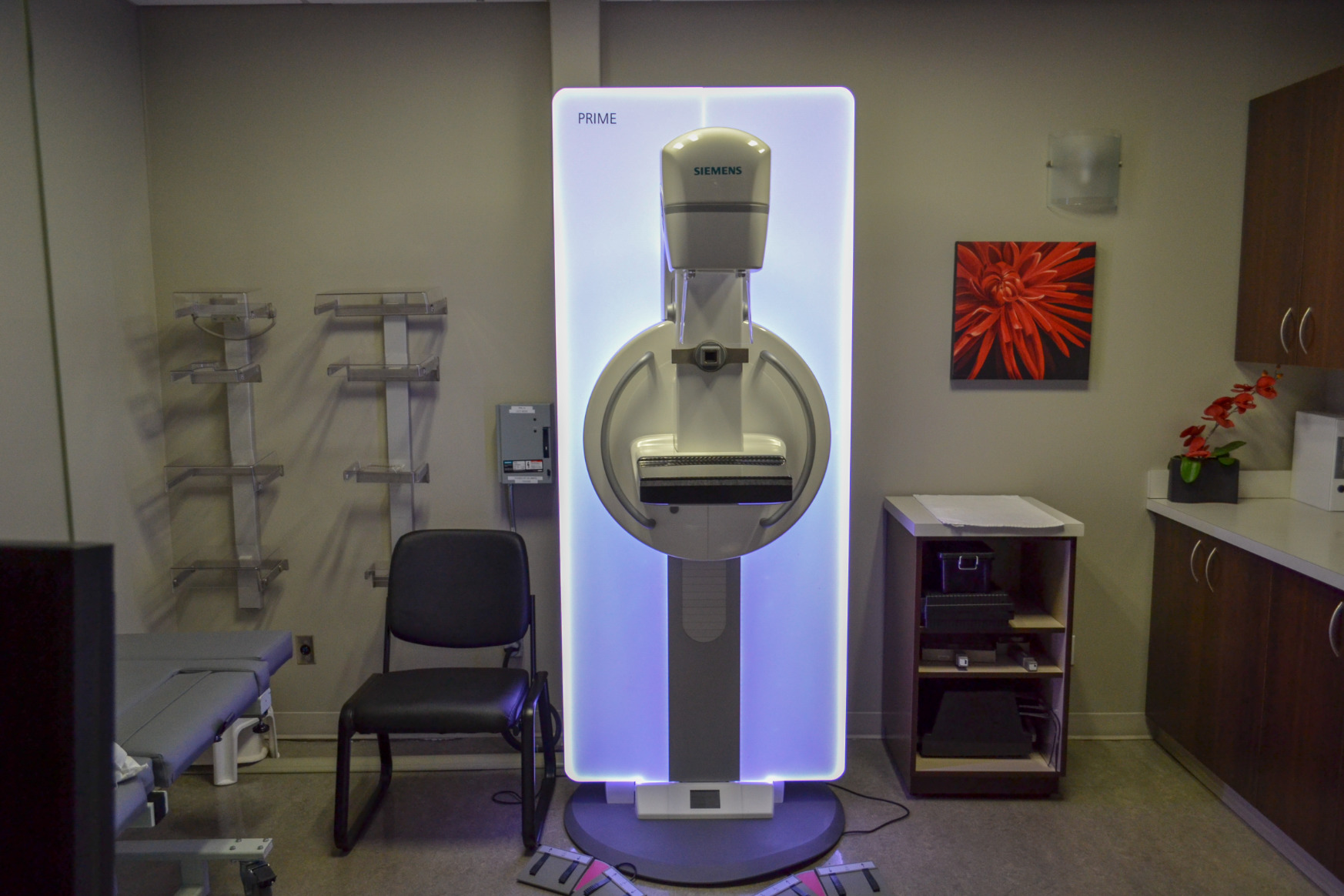
Physicists Eric Regener and Georg Pfotzer discovered the maximum using balloons in the 1930s and it is what we are measuring today. When cosmic rays crash into Earth's atmosphere, they produce a spray of secondary particles that is most intense at the entrance to the stratosphere. These energies span the range of medical X-ray machines and airport security scanners.ĭata points in the graph labeled "Stratospheric Radiation" correspond to the peak of the Regener-Pfotzer maximum, which lies about 67,000 feet above central California. Technical notes: The radiation sensors onboard our helium balloons detect X-rays and gamma-rays in the energy range 10 keV to 20 MeV. A number of controversial studies ( #1, #2, #3, #4) go even further, linking cosmic rays with cardiac arrhythmias and sudden cardiac death. The researchers listed cosmic rays, irregular sleep habits, and chemical contaminants as leading risk factors. Chan school of public health, crews of aircraft have higher rates of cancer than the general population. According to a study from the Harvard T.H. They can alter the chemistry of the atmosphere, trigger lightning, and penetrate commercial airplanes. Who cares? Cosmic rays are a surprisingly "down to Earth" form of space weather. In addition, solar coronal mass ejections (CMEs) sweep aside cosmic rays, causing sharp reductions called " Forbush Decreases." The two effects blend together to bring daily radiation levels down.

The sun's strengthening and increasingly tangled magnetic field repels cosmic rays from deep space. Solar Cycle 25 has roared to life faster than forecasters expected. What's going on? Ironically, the radiation drop is caused by increasing solar activity. Our latest measurements in July 2022 registered a 6-year low: Latest results (July 2022): Atmospheric radiation is decreasing in 2022. Our monitoring program has been underway without interruption for 7 years, resulting in a unique dataset of in situ atmospheric measurements. These balloons are equipped with sensors that detect secondary cosmic rays, a form of radiation from space that can penetrate all the way down to Earth's surface. SPACE WEATHER BALLOON DATA: Almost once a week, and the students of Earth to Sky Calculus fly space weather balloons to the stratosphere over California. "Lunar Distance." 1 LD = 384,401 km, the distanceīetween Earth and the Moon. All purchases from the Earth to Sky Store help pay the helium bill for our student ballooning program.Īll sales support hands-on STEM education The 750 ml decanter comes with a greeting card showing the item in flight, and telling the story of its journey to the stratosphere and back again. 10th, it hitched a ride onboard a cosmic ray research balloon floating 106,066 feet above the Sierra Nevada mountains of central California: IMPERIAL STORM TROOPER WHISKEY DECANTER: It's the perfect gift for a Star Wars fan-a Storm Trooper Whiskey Decanter from the edge of space. NOAA analysts have modeled the CME and determined that it will not hit Earth. It was hurled into space by a magnetic filament eruption in the sun's southern hemisphere ( movie) while the comet was still far away. Most, measuring less than a few meters across, are too small to see, but occasionally a bigger fragment like this one attracts attention. Kreutz fragments pass by the sun and disintegrate almost every day SOHO has seen thousands of them. They get their name from German astronomer Heinrich Kreutz, who studied them in detail in the 19th century. Kreutz sungrazers are fragments from the breakup of a single giant comet many centuries ago. 15th, SOHO coronagraohs caught a Kreutz sungrazer diving into the sun just as a bright CME was leaving. SUNDIVING COMET AND CME (UPDATED): The sun just swallowed a comet. People in western Australia are best positioned to catch the spacecraft's atmosphere-skimming flyby on Oct. LUCY FLYBY ADDED TO HEAVENS ABOVE: Tracking data for NASA's Lucy spacecraft has been added to Heavens Above, allowing potential observers to calculate local flyby times. Neutron counts from the University of Oulu's Sodankyla Geophysical Observatory show that cosmic rays reaching Earth are slowly declining-a result of the yin-yang relationship between the solar cycle and cosmic rays. All quiet! Credit: SDO/HMIĬosmic Rays Solar Cycle 25 is beginning, and this is reflected in the number of cosmic rays entering Earth's atmosphere.

None of these sunspots poses a threat for strong solar flares.


 0 kommentar(er)
0 kommentar(er)
